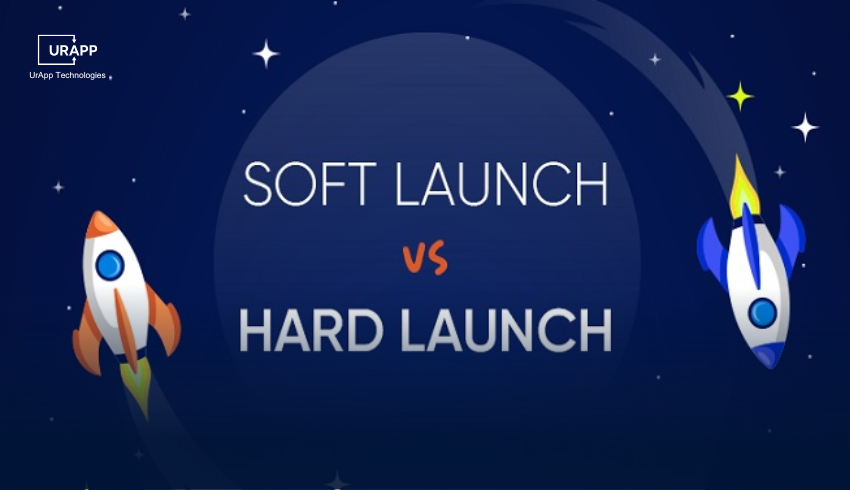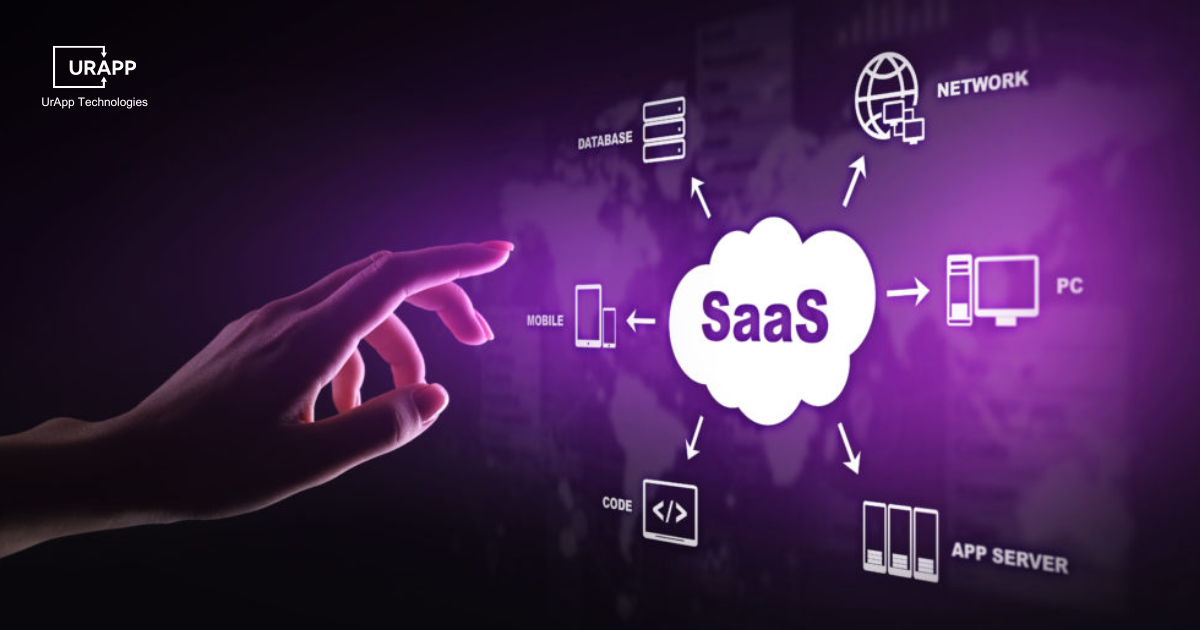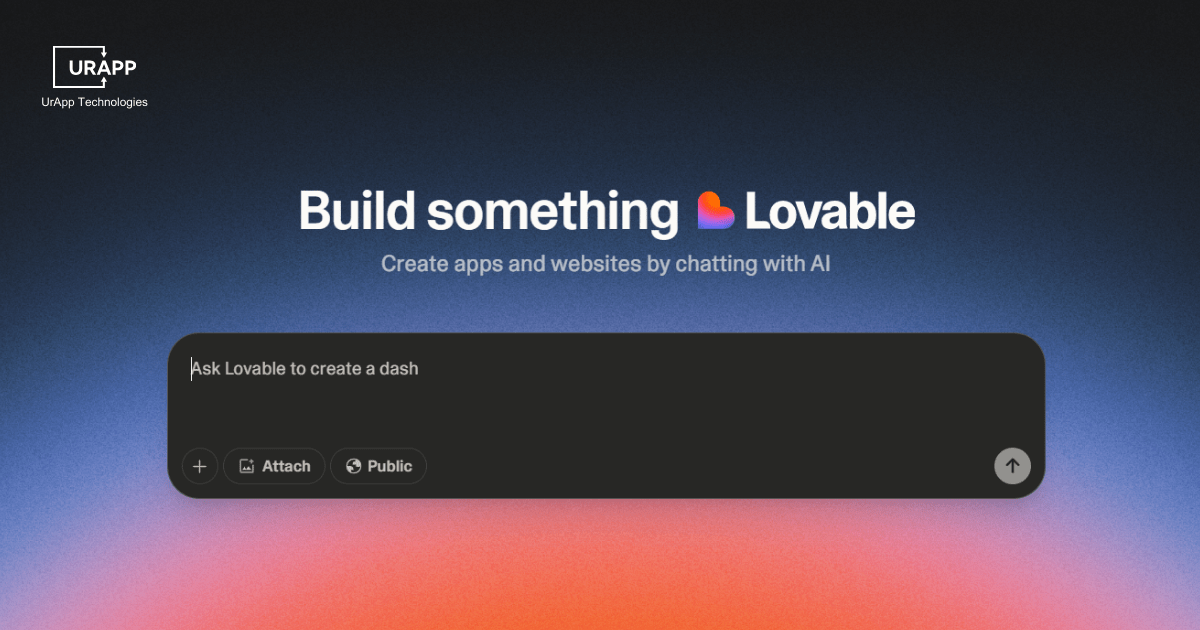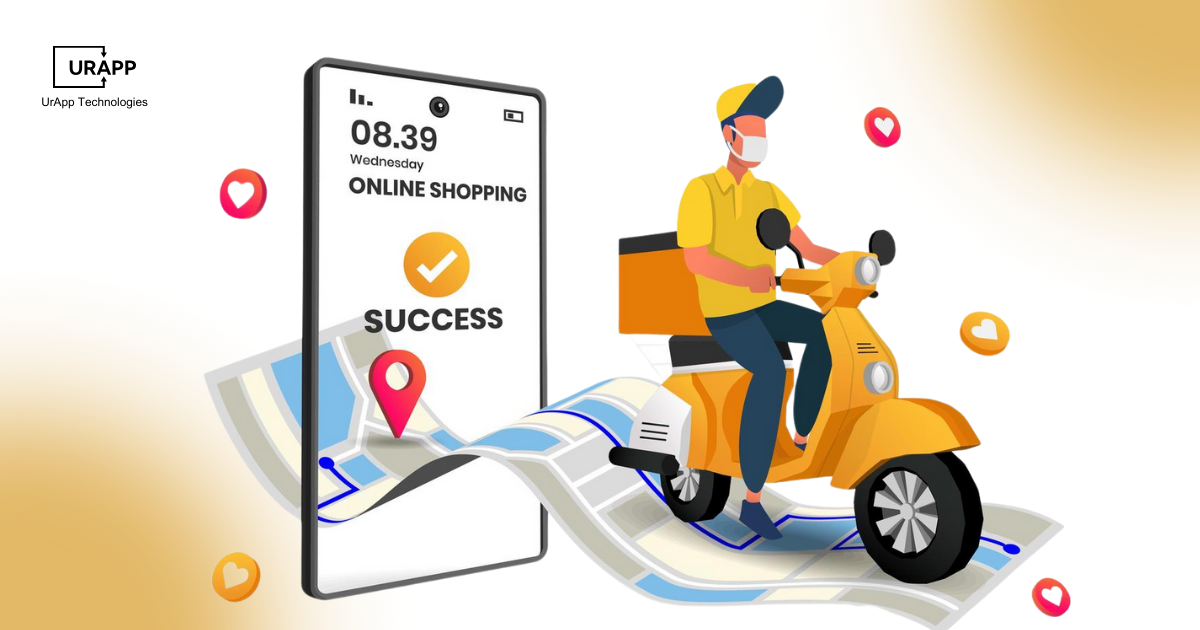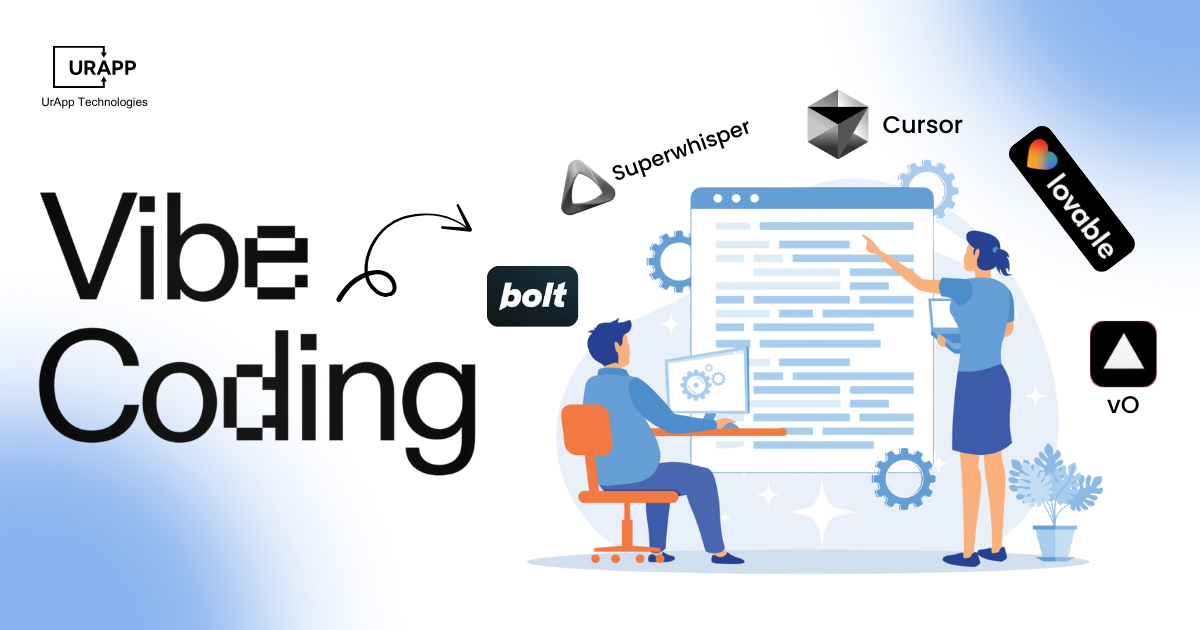Product launch Strategy - Soft vs Hard launch
A product launch strategy includes choosing between a soft launch and a hard launch. While a hard launch strives for immediate attention and revenue, a soft launch permits trial and feedback. The selection is influenced by the target market, budget, marketing goals, product maturity and risk tolerance.
A product's launch strategy can make the difference between its success and failure in the competitive market of today. As a result, firms that want to maximize the potential of their products must have an extensive knowledge of the Product Launch Strategy. Two primary approaches are the hard launch and the soft launch. This blog will delve into these strategies, their meanings and their relationships to help you decide which approach suits your product best.
What is Product Launch Strategy?
The plan and steps implemented to bring a new product to market are referred to as a product launch strategy. Among the many components of this strategy are post-launch analysis, marketing campaigns, sales methods and market research. The objective is to make sure the product successfully reaches its target market and generates the required amount of sales and brand awareness.
Importance of a Product Launch Strategy
Market Positioning
- A well-defined strategy helps position the product in the market effectively.
Customer Engagement
- It engages customers before and during the launch fosters interest and anticipation.
Limitation of Risk
- A methodical strategy lowers the risks involved in a new product launch.
Feedback Loop
- It gathers the feedback during the launch process and allows for immediate adjustments and improvements.
What is Hard Launch?
A hard launch is defined as a full-scale deployment of the product to the whole target market. This method is frequently backed by strong marketing initiatives designed to increase instant sales and visibility.
Key Characteristics of a Hard Launch

-
Instant Access
The product enables rapid market penetration and is readily available to all potential clients.
-
Major campaigns
To generate demand and draw attention, businesses heavily engage in advertisements and promotional activities.
-
Increased Risk
Any defects or problems are immediately discovered when a big audience is exposed to the goods, which might harm the reputation of the business.
-
Restricted Adaptability
After launch, major adjustments are performed in response to feedback, which can be tricky and costly
Example Case Study
Imagine a large smartphone manufacturer launching a new model with an extensive worldwide advertising effort. The business invests millions in advertising with the hopes of capture a large market share right away. On the other hand, if the product doesn't work well, it could get bad reviews and dissatisfied clients. A hard launch strategy can lead to significant initial sales, but if the product doesn't meet customer expectations, it can also backfire.
Benefits of a Hard Launch

Quick Market Entry:
- Rapid exposure helps establish a strong market presence fast.
Boosted Early Sales:
- Broad rollout and aggressive promotion drive immediate revenue and investor trust.
Real-Time Feedback:
- A large user base offers instant insights for quick issue resolution.
Enhanced Brand Awareness:
- Increases visibility, paving the way for future product launches.
Buzz & Momentum:
- Creates hype that fuels brand excitement and customer interest.
Faster Leads & Conversions:
- Quickly attracts potential customers and drives action.
Competitive Advantage:
- Secures market position and helps stand out in crowded spaces.
What Is Soft Launch?
A soft launch, on the other hand, is the release of a product to a smaller, more targeted audience prior to a full-scale launch. This tactic enables businesses to get input and make the changes that are needed.
The soft launch meaning goes beyond just a gradual product release. It represents an approach to learn and adapt to actual user interactions. This strategy is especially useful in fields like software and mobile applications where user experience is paramount.
Key Characteristics of a Soft Launch

-
Limited Release
The product is introduced to a specific geographic area or demographic group and allows for focused testing.
-
Managed Promotional Activities
There isn't much marketing done at this stage since getting user input is more important than raise awareness.
-
Reduced Risk
Businesses can find and fix problems without the pressure of a huge consumer base by testing with a smaller audience.
-
Repetitive Enhancements
Early consumer feedback helps businesses improve the product before release it to a wider audience.
Example Case Study
To test their program's functionality and get user input, a mobile app developer may decide to release their app in a certain area. Before market the app globally, the developer can make necessary changes based on how users interact with it. This strategy enables focused enhancements while reducing the possibility of wider failure.
Benefits of a Soft Launch

-
User Feedback
Direct input from early adopters helps in the recognition of product advantages and disadvantages.
-
Market Testing
Companies can test different marketing strategies and gather data on what resonates with the audience.
-
Cost Efficiency
If business avoids full-scale launch initially, they can save on marketing and production costs.
-
Reduced Risk
The smaller audience allows for a more controlled environment, which makes it easier to manage potential issues.
Key Differences Between Hard Launch vs Soft Launch
Let's examine the key distinctions between these two approaches in a comparative manner to gain more knowledge of their differences:
|
Feature |
Hard Launch |
Soft Launch |
|
Release Type |
Full-scale, immediate |
Limited, gradual |
|
Marketing Strategy |
Aggressive, extensive |
Minimal, controlled |
|
Risk Level |
Higher risk, immediate exposure |
Lower risk, feedback-driven |
|
Investment |
Significant upfront costs |
Cost-effective, lower initial investment |
|
Flexibility |
Limited post-launch changes |
Opportunities for iterative improvements |
The Relationship Between Soft Launch vs Hard Launch
Soft launch vs hard launch relationship is part of the understanding of how these strategies can cross-function. The soft launch may be an alternative to a hard launch and this is because the soft launching provides businesses with the ability to test their products in a controlled environment. Companies can make informed decisions prior to full-scale release in case the insights are obtained through the soft launch.
As an example, a tech startup might perform a soft launch of their new application on a limited set of users. With the feedback, they may be prepared to make changes to enhance functionality and usage. After these fixes, the startup should be able to carry out a hard launch knowing that the product will be ready to be introduced to a wider market.
Selecting the Best Strategy
In case of confusion between hard launch vs soft launch, a number of issues should be taken into account:
- Product Maturity
A hard launch can be considered in case the product is well tested. Nevertheless, in case the product is only at its inception it is possible to have a soft launch which could give invaluable knowledge.
- Target Audience
You should know your target audience. A hard launch may create a lot of interest when the audience is understood well and the product is needed by the audience. The soft launch, on the other hand, will enable one to get specific feedback about a given user base.
- Budget, Resources
Hard launch is usually more costly as it involves a lot of marketing and production expenditures. When budgets are tight, soft launch can be a more responsible method, as it is possible to study it in detail without excessive financial expenses.
- Marketing Goals
Think about your marketing objectives. A hard launch may be required when sales and brand awareness are the main goals and wanted quickly. Nonetheless, when it comes to learning and improvement, soft launch is better.
- Risk Tolerance
Evaluate your company's risk tolerance. A hard launch involves higher risks and potential negative feedback. If your company is comfortable with this risk, a hard launch may be suitable.
The Development Process and Technology Used

Overview of Development Stages
Ideation, design, development, testing and launch are some of the steps that are usually included in the development process. Careful preparation and execution are necessary at every stage to guarantee a successful final product.
Ideation
- Create a clear concept and brainstorm the product idea.
Design
- Create prototypes and user interfaces.
Development
- Build the product and ensure functionality.
Testing
- Do thorough quality assurance to identify and fix bugs.
Launch
- Launch the product to the market.
Technology Utilized
Both hard and soft launching involves the use of a number of technologies which encompasses the use of project management tools, analytics software and marketing platforms. These technologies support successful communication and data processing throughout the launch process.
Project Management tools
- Applications such as Trello, Asana, or Jira assists teams in coordinating work and monitoring.
Analytics Software
- Applications such as Google Analytics or Mixpanel can show how users behave and how products are being performed.
Marketing Platforms
- Such services as Mailchimp or HubSpot help to carry out marketing campaigns successfully.
The Role of the MVP Development
The role of MVP development consultant in soft launches is very important. When a business develops a Minimum Viable Product, it is able to put out a basic version of the product and test its competency. Pre-launch peek testers give feedback about the product to improve it.
What is MVP?
- An MVP, or Minimum Viable Product, is the simplest version of a product that can be released to gather user feedback.
Benefits of MVP
Faster Launch
- Focuses on delivering core features first
- Helps test the market without long delays
Lower Initial Costs
- Reduces upfront investment significantly
- Avoids spending on features that may not be needed
Validates the Idea
- Confirms product-market fit before scaling
- Provides clarity on whether to proceed or pivot
Real User Insights
- Reveals how users actually engage with the product
- Feedback is based on real usage, not assumptions
Increases Investor Confidence
- Demonstrates traction with a live product
- Helps secure funding with measurable data
Easier to Improve
- Changes can be made early without much rework
- Supports iterative development based on feedback
Smarter Scaling
- Prioritizes features that users actually want
- Allows growth backed by data, not just intuition
Real-World Examples of Launch Strategies
Example 1
Hard Launch in Consumer Electronics
One of the leading companies in the electronics industry releases a new model of a flagship smartphone at a huge promotion. They organize an online launch that shows the features and capabilities of the phone. The hard launch creates a lot of publicity and creates excitement among the consumers leading to huge initial sales. Yet, when customers experience technical problems, the backlash may include a large portion implying that the overall brand reputation can be affected.
Example 2
Soft Launch in Mobile Gaming
A mobile game developer opts to do a soft launch in chosen countries. They launch the game among a limited number of people and they monetize it or they provide an opportunity to them to test gameplay and commercial techniques. The developer considers players feedback to make changes which enhance user experience. They follow it with a hard launch after the test, leading to a successful global launch.
Analyzing Success Metrics
Confuse between hard launch vs soft launch? We have got your back. In case you are assessing the success of a product launch strategy some metrics of success should be put into consideration:
Sales Performance
- For a hard launch, the immediate sales figures post-launch are critical. Companies analyze how well the product performs in the first weeks and months. In contrast, a soft launch focuses on user engagement and retention rates.
Customer Feedback
- Customer reviews cannot be underestimated. In hard launches, firms check reviews and ratings to understand the perception of the people. During soft launches, user feedback is valuable to know exactly what to improve.
Market Penetration
- Market penetration should be measured so as to know the level of acceptance of the product in the market. This measure assists companies in measuring their marketing approach.
Return on investment (ROI)
- The financial success of the launch needs to be measured with the help of a calculated return on investment (ROI).Companies compare the costs associated with the launch to the revenue generated in a specific timeframe.
The Future of Product Launch Strategies
As technology and consumer behavior evolve, so do product launch strategies. Companies are gradually grasp the data analytics, social media and digital marketing to enhance their launch efforts. Here are some trends to watch:
Data-Driven Decisions
- Utilize the data analytics to inform launch strategies has become standard practice. Companies analyze user behavior and market trends to tailor their approaches.
Agile Methodologies
- Flexibility and the ability to make quick iterations can be applied in the agile methods. The method is useful especially in matters of software development since feedback can allow instant development.
Emphasis on User Experience
- The user experience must be a priority. Businesses with a preference of listening to users in the process of launching their products have high probabilities of succeeding in the long term.
Integration of AI and Automation
- The role of artificial intelligence (AI) in product development and marketing has grown to be very significant. Chatting bots take care of the customers with AI enabled analytics, it allows businesses to stream, reach their processes and even user engagement.
Conclusion
Success is at your own hand once you make the right Product Launch Strategy. A hard launch will provide a high level of visibility and it will have greater risks. A soft launch, on the other hand, leaves room to test and salvage, decreasing the pitfalls.
Think of the level of maturity of your product, the audience you want it to reach, your budgets, your marketing objectives and how risky you want to be to make a smarter choice. To increase your product launching strategy, the better way is to collaborate with a Digital Transformation Company like UrApp Tech. They have the experience and knowledge to overcome the challenges regarding the launch of a product. Contact UrApp Tech Today!
